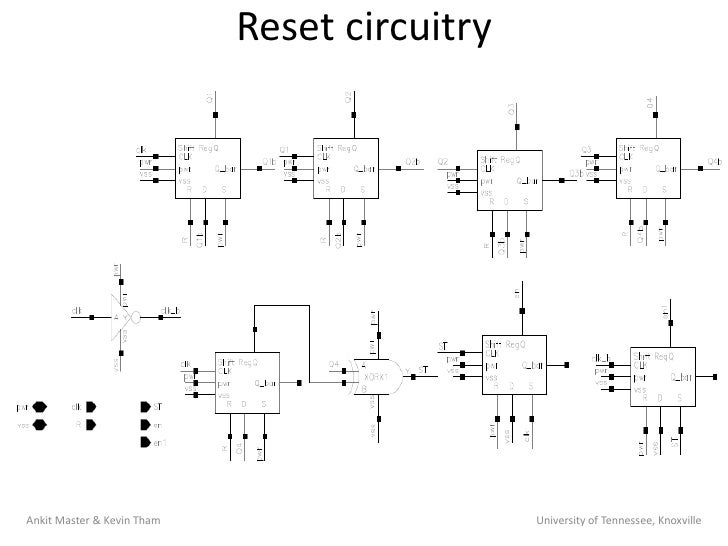

When the switch opens, the comparator determines whether the analog input, which is now stored on the hold capacitor, is greater than or less than the DAC voltage. The switch closes, connecting the analog input to the SHA, which acquires the input voltage. Because the SAR controls the converter’s operation, successive-approximation converters are often called SAR ADCs.Īfter power-up and initialization, a signal on CONVERT starts the conversion cycle. Successive-approximation ADCs comprise four main subcircuits: the sample-and-hold amplifier (SHA), analog comparator, reference digital-to-analog converter (DAC), and successive-approximation register (SAR). This article shows how to initialize a successive-approximation ADC to get valid conversions. Successive-approximation analog-to-digital converters (ADCs) with up to 18-bit resolution and 10-MSPS sample rates meet the demands of many data-acquisition applications, including portable, industrial, medical, and communications. Successive-Approximation ADCs: Ensuring a Valid First Conversion


 0 kommentar(er)
0 kommentar(er)
